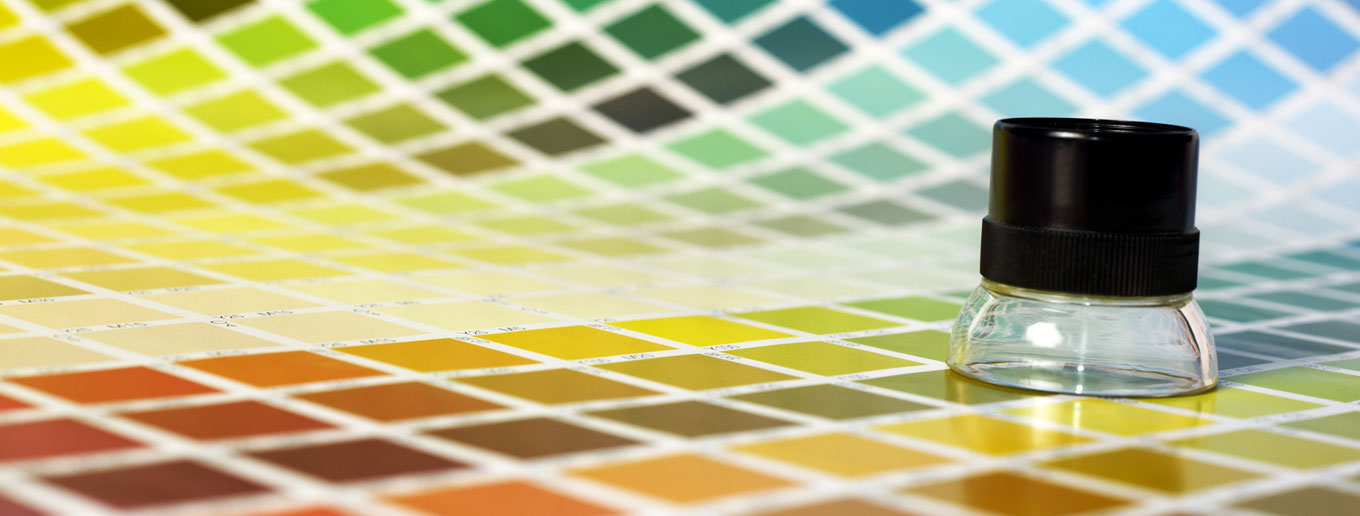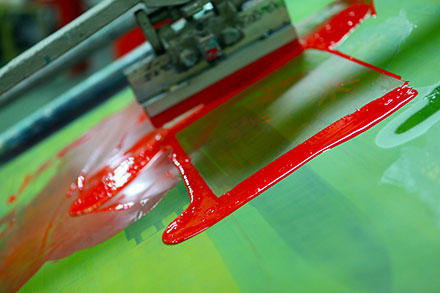Defining Colors
Defining acronyms like PMS, CMYK, and RGB and helping you decide what’s best for your project.

When it comes to producing communications, designers use acronyms like PMS, CMYK, and RGB but what’s it all mean and which one is best? Here’s a quick definition of each, how they are used, and some tips to help you decide which one is best for your project.
CMYK
Also known as 4/color process, this term refers to the four colors used in offset printing—cyan, magenta, yellow, and black. Using these four colors in various degrees creates other color tones (oranges, greens, etc.). This type of color printing is not unlike most desktop printers. The color is a close match at times to what you want to achieve, but not always perfect and not always consistent each time you print. Digital printing uses this technology to print quickly and cost effectively, since each color does not need to be printed as a perfect match. CMYK is a good option for cost-effective communications where a perfect color match may not be top priority.
PMS
The Pantone Matching System® (PMS) is a brand name of a color matching system commonly used in printing. This type of color printing is sometimes also referred to as spot color. Pantone colors are uniquely formulated to achieve a specific hue every time the ink is used. It is the most predictable and accurate way to achieve the exact color you are intending. Because color is such an important aspect of branding, most companies have specified their logo in a Pantone color and try to print it that way whenever possible. Pantone colors are generally appropriate for large quantity printing or communications that will benefit from perfect color matching and consistency to enhance your brand and image.
RGB
This term refers to the colors used on a computer or television monitor—red, green, and blue. Combining these colors creates other colors tones. Because this type of technology is so different than commercial printing, colors displayed on a screen will be different than those printed. Even from computer to computer, each color may shift. RGB colors are not a reliable means to judge the intended color of a communication. For obvious reasons, RGB is an appropriate means to create websites, PowerPoint presentations, television ads, or any other electronic media to be displayed on a screen.
Choosing the Right File Type for Your Needs
A handy guide to sorting through the alphabet soup of file types.
Printing Techniques: Modifying the Paper
Modify the paper on printing jobs to add impact.
Printing Techniques: Using Different Substrates
Printing doesn’t always have to be on paper.



